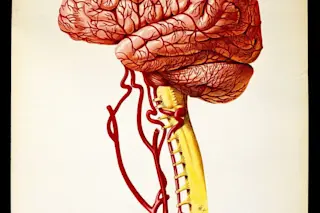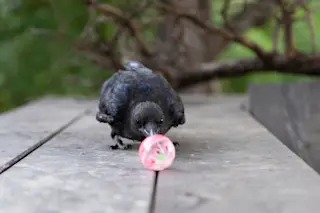Brain: lateral view. Colour lithograph by Brocades Great Britain Ltd. (Credit: Wellcome Collection) Not to give us a collective swelled head or anything, but the Homo sapiens brain is big. Really big. For years, researchers have puzzled over why our noggin-embiggening occurred: Big brains are, after all, costly to feed. One leading theory held that our brains increased in size to manage the cognitive demands of ever-more complex communications and other social processes. New research suggests, however, that interactions with each other played only a small role compared with the big driver of bigger brains. The modern Homo sapiens brain is about three times bigger than the brains of australopiths, the predecessors of our genus. And it's six times bigger, proportionally, than that of other placental mammals. It's a strange supersizing, evolutionarily speaking: Brains require a lot of energy, which means a lot of resources, and the expanse of the ...
Why Are Our Brains So Big, Anyway?
Explore how Homo sapiens brain evolution was driven primarily by ecological challenges, reshaping our understanding of intelligence.
More on Discover
Stay Curious
SubscribeTo The Magazine
Save up to 40% off the cover price when you subscribe to Discover magazine.
Subscribe













